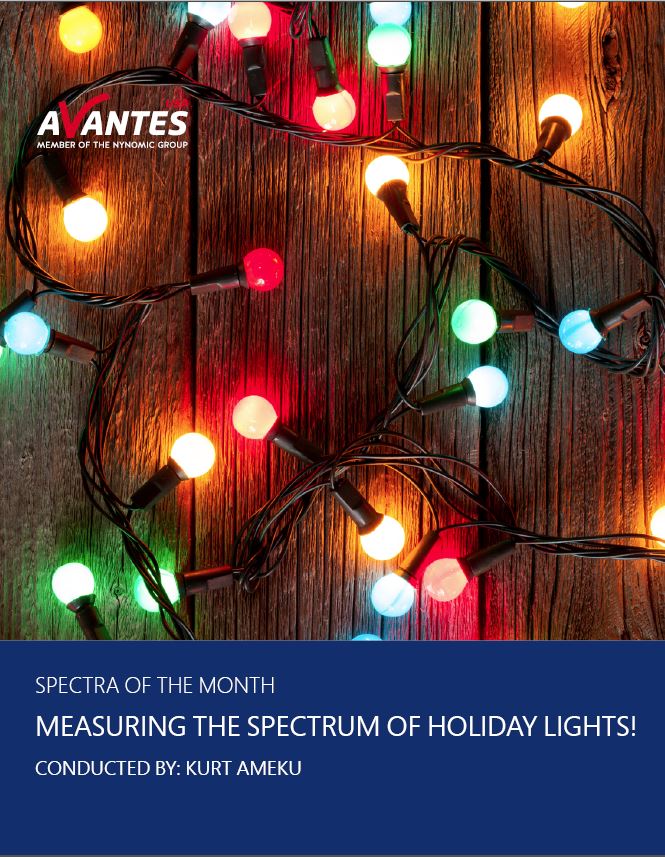Measuring the Spectrum of Holiday Lights
 Introduction
Introduction
December is a month filled with secular and spiritual celebrations, with perhaps the most notable holiday being Christmas. Common Christmas traditions include putting up a Christmas tree, giving gifts to friends and family, and decorating the inside and outside of your living space with Christmas lights. Intricate light decorations have become so popular that some cities will host special festivals of lights for the holiday season, and individual will participate in competitions to see who can present the most grandiose light show outside their house. Originally, Christmas lights were constructed using inexpensive incandescent bulbs connected in series. This configuration made it challenging to identify and fix issues if one bulb malfunctioned, as the entire string of lights would lose power. Nowadays, lights are commonly wired in parallel, despite the increased cost. This design allows for easier troubleshooting, as a malfunctioning bulb is easily identified and replaced without affecting the entire string. Furthermore, modern Christmas lights often feature energy-efficient LED bulbs, which generate less heat. Although incandescent bulbs are still available at a lower cost, they are less common in today’s market.
In this experiment, our primary objective was to gauge the effectiveness of different Christmas light setups in our local neighborhood. To achieve this, we conducted field measurements using a meticulously calibrated irradiance system to accurately determine the true intensity of the lights. We systematically measured the lights of nine houses and subsequently compared the resulting spectra. The focus was to discern whether distinguishable differences between incandescent and LED bulbs could be
 My Cart
My Cart 